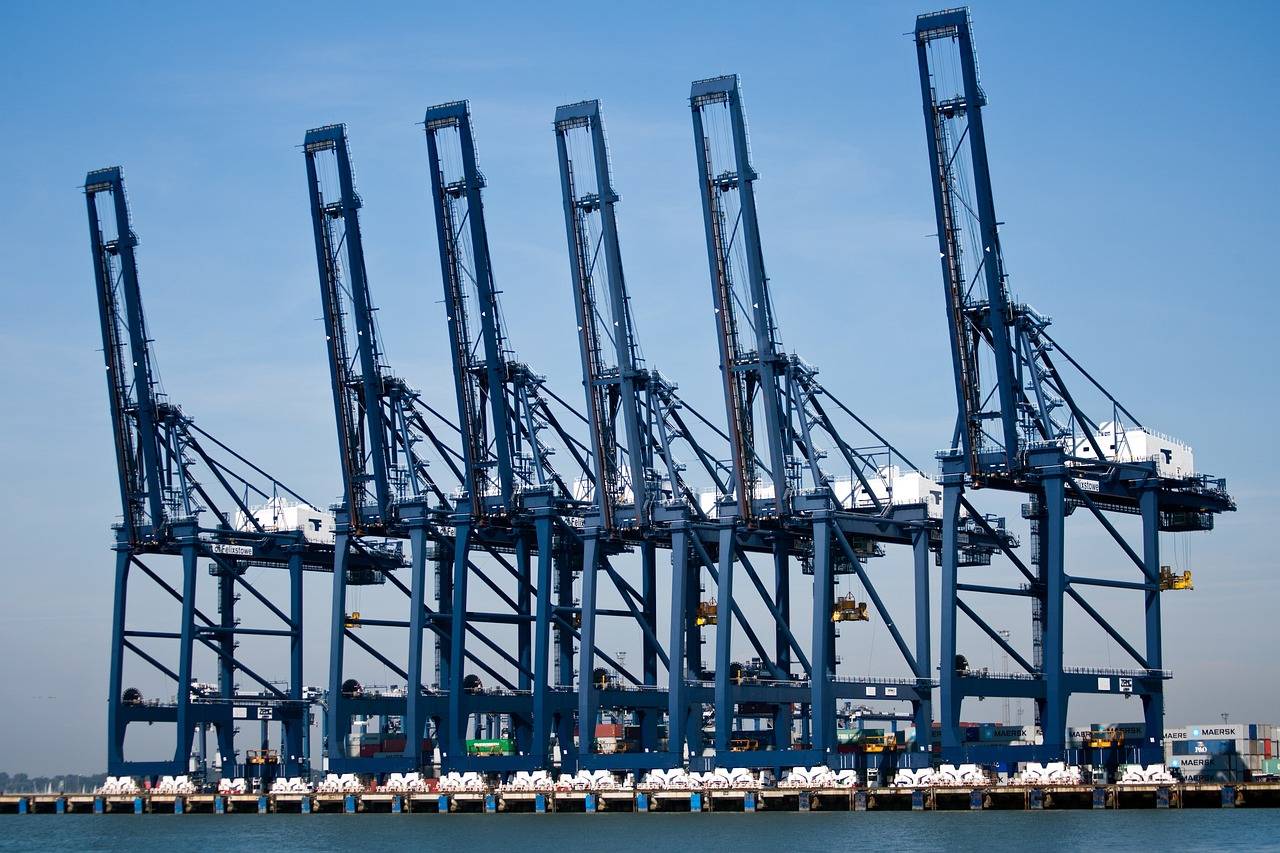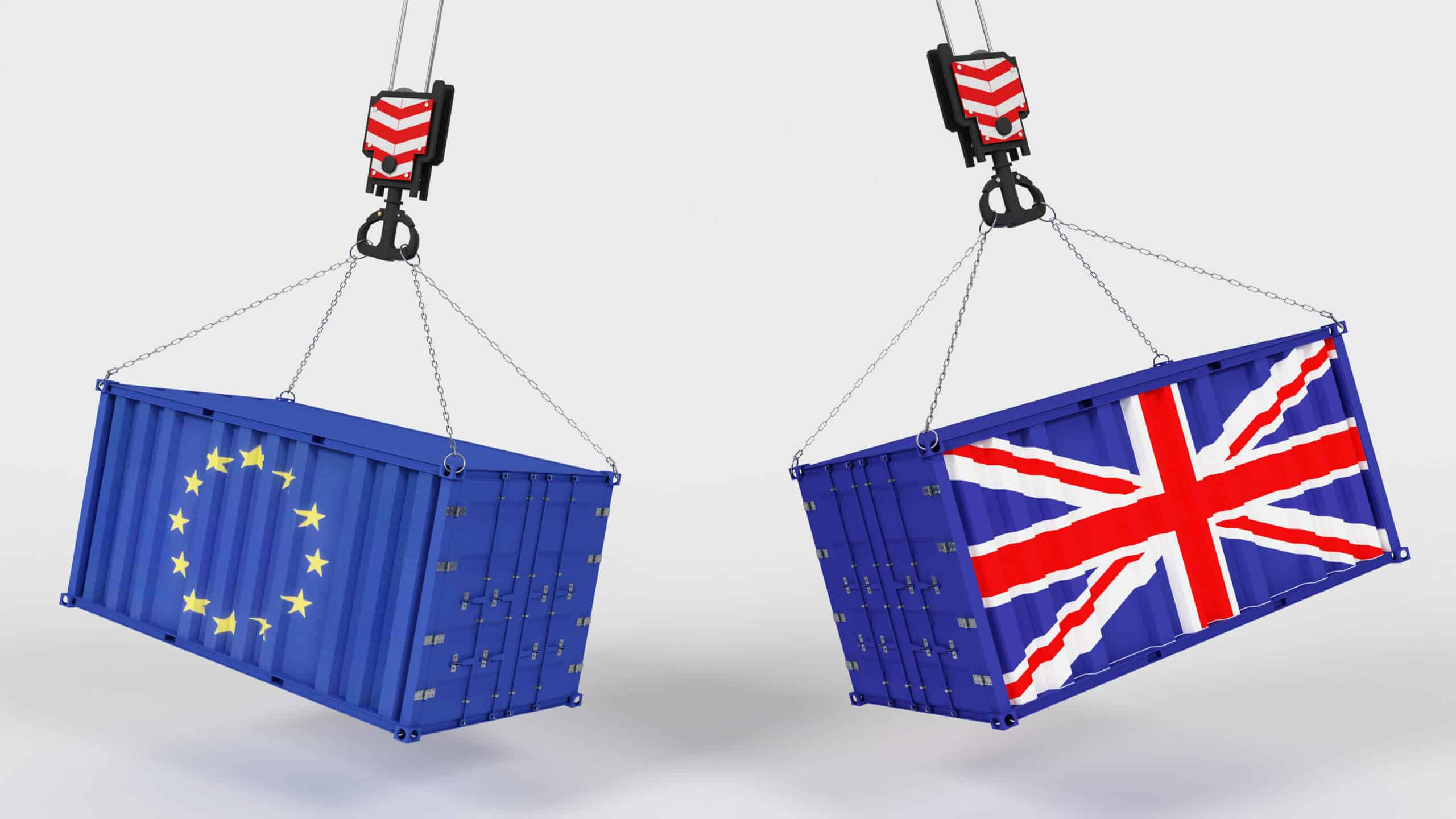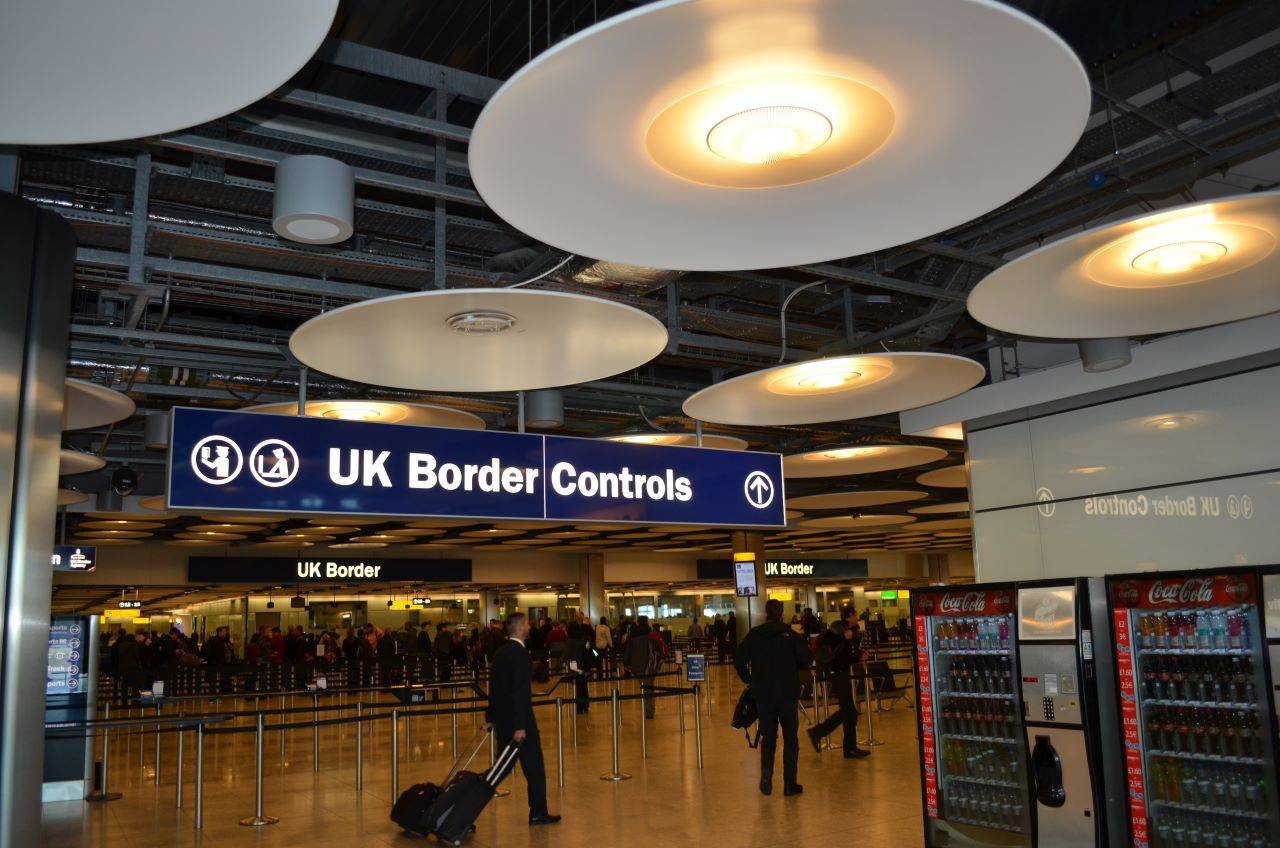The United Kingdom implemented a new system for food imports in 2024 called the Border Target Operating Model (BTOM). This system classifies food into three risk categories: high, medium, and low. The required documentation and checks vary depending on the risk category.
In 2023, the UK imported food and live animals with an increase of 7.2% (£3.5 billion) as compared to 2022. This happened because of a certain increase in imports from the European Union. With BTOM, a strict timeline will be implemented to regulate the flow of food imports into the UK through Border Control posts.
Here’s a summary of the regulations and a guide to importing food into the UK in 2024:
Regulations
Standards: All imported food must comply with UK standards for food safety, composition, and labeling.
Understanding the BTOM Risk Categories:
The Border Target Operating Model (BTOM) classifies food imports into;
High-Risk: These foods pose the most significant threat to human health or the environment. Examples include meat, poultry, and egg products. They require the most extensive documentation, including health certificates, official importer declarations, and import licenses.
Medium-Risk: These foods are considered moderately risky. Examples include dairy products, fish, and honey. They require health certificates and may be subject to physical checks at the border starting April 30, 2024.
Low-Risk: These foods are deemed the least risky. Examples include processed foods, fruits, and vegetables. They require a commercial document and pre-notification through the Import of Products, Animals, Food and Feed System (IPAFFS).
By knowing the BTOM criteria, you can import food stepwise by;
Classifying Your Food: Identify the BTOM risk category of your food items using resources like the GOV.UK website.
Preparing the Documentation: Gather the necessary documents based on the risk category. This may include health certificates, official importer declarations, import licenses, and commercial invoices.
Notifying Through IPAFFS: Regardless of the risk category, all imports require pre-notification via IPAFFS.
Making a Customs Declaration: A customs broker can assist you with this step.
Physical Checks: Be prepared for physical checks at the border if you’re importing medium-risk goods starting from April 30, 2024.
Importing food into the UK in 2024 requires careful planning and adherence to the new regulations. By understanding the BTOM classification system and following the steps outlined above, you can ensure a smooth and compliant import process. Remember, these regulations are specifically for Great Britain (England, Scotland, and Wales). If you’re importing to Northern Ireland, there may be different requirements.
Additional Resources:
GOV.UK:- Import food and drink from the EU to Great Britain
Signable:- New UK import rules 2024: A complete guide





